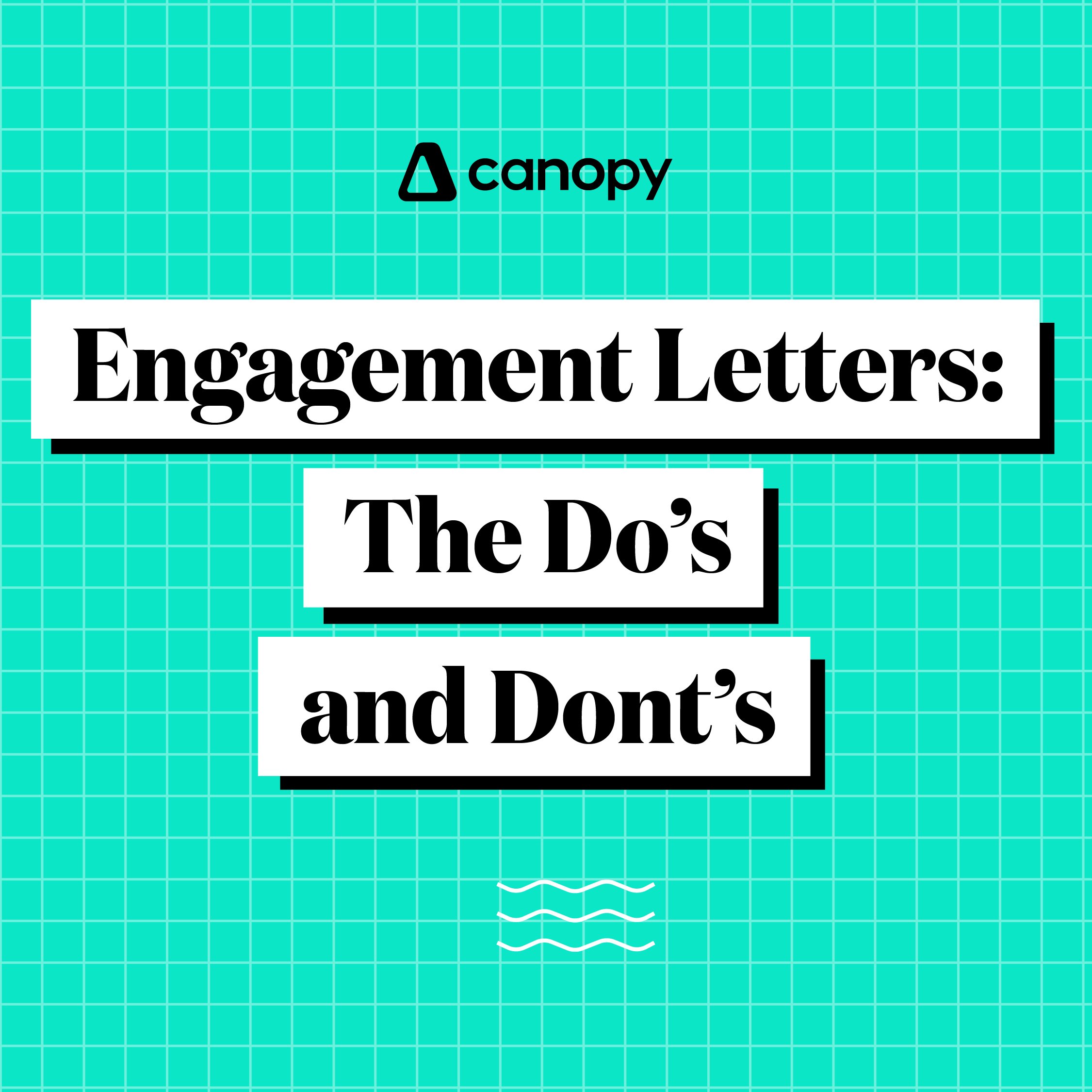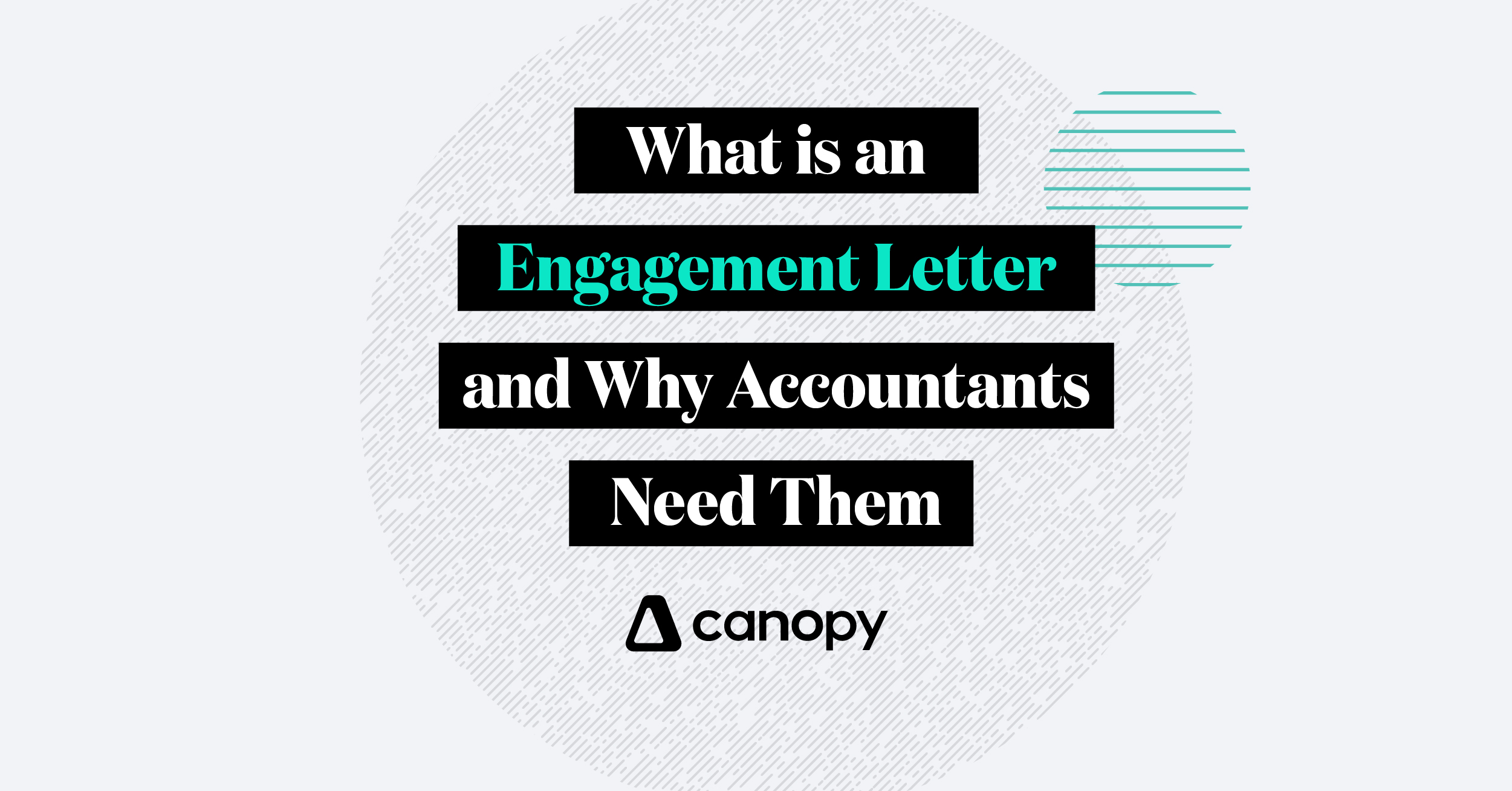Engagement letters establish clear expectations and boundaries between clients and accountants. In this post, we will explore the do's and don'ts of crafting effective engagement letters, ensuring you have the necessary skills to navigate this important aspect of your client relationships. Understanding the best practices surrounding engagement letters is essential for accountants to maintain transparency and minimize potential issues for their firm.
DO — Write a Thorough, Specific, and Detailed Engagement Letter
Engagement Letters play a vital role in initiating the client's onboarding process, managing risks, minimizing misunderstandings, and preventing scope creep. Don't see them as optional — instead, see them as a fundamental aspect of every accountant-client relationship. These letters protect the rights of both parties, ensuring clear communication and transparency.
An engagement letter should include the following essential features:
- A clear identification of the parties involved, including the client and the service provider.
- A concise description of the scope of the engagement, outlining the specific services to be provided.
- A detailed explanation of the terms and conditions of the engagement, including the fee structure, payment terms, and any applicable deadlines.
- A statement of the responsibilities and obligations of both parties, outlining the expectations and deliverables.
- Provision for termination or modification of the engagement, including any conditions or notice periods.
- Confidentiality and data protection provisions to ensure the security of sensitive information.
- A dispute resolution clause that specifies the mechanism for resolving any conflicts or disagreements.
- Applicable legal provisions and governing law to provide clarity on jurisdiction and applicable regulations.
Including these key features in an engagement letter helps to establish clear expectations, protect the interests of both parties and maintain a professional and transparent working relationship.
Want to write the perfect engagement letter? Click here!
DON’T — Forget to Update Engagements Annually
At the beginning of any professional relationship, sending a contract outlining the terms and conditions is crucial. These agreements might change as your practice evolves, you adopt new procedures, or as other situations change in the client's life. Because of the inevitable nature of change, your engagement agreements should be updated whenever there is a change in scope, and it is important to have the client review and re-sign it.
Regularly reviewing and updating these contractual agreements is essential to ensure that the terms accurately reflect the current situation and that your client's goals align with the agreed-upon terms. By doing so, you can maintain a clear and transparent working relationship that protects both parties involved.
DO — Use Engagement Software Made for Accountants
Utilizing engagement software specifically designed for accountants is crucial for several reasons:
- Not only does it cater to the unique requirements of accounting engagements, but it also facilitates scalability in the process.
- It incorporates comprehensive service breakdowns, detailed fee structures, and data protection provisions to ensure that the software can handle increasing workloads and adapt to changing business needs.
- By streamlining administrative tasks and providing easy-to-use templates, accountants can focus more on their core responsibilities while making the process scalable for future growth.
Canopy’s Engagements software will help build and send your engagement letter, then once the client signs, automatically move that engagement into pre-filled tasks for your team to get started ASAP.
DON’T — Confuse Engagements and Proposals.
Engagement letters and proposals, while both integral parts of the accounting profession, serve different purposes and should not be used interchangeably.
An engagement letter, as discussed earlier, is a formal document outlining the terms of the professional relationship, the scope of work, fees, and the legalities of the engagement. This document is critical as it sets clear expectations, protects the interests of both parties and provides a reference point in the event of any disagreements or misunderstandings.
Proposals are documents prepared by the accountant to pitch their services to a prospective client. It includes an overview of the services offered, a timeline for delivery, and a detailed breakdown of the costs. The proposal aims to convince the prospect to choose the accountant's services and does not legally bind either party. Instead, it serves as a negotiation tool, setting the stage for further discussions, which, if successful, culminate in signing an engagement letter.
DO — Write Letters of Disengagement when Your Relationship Ends
Just as engagement letters set the tone at the beginning of a professional relationship, letters of disengagement (also known as termination letters) are essential when an accountant-client relationship ends. These letters formally terminate the professional contract and protect both parties from potential misunderstandings or future disputes.
A disengagement letter should clearly outline the reasons for termination, note any final obligations on either side and provide a timeline for when the termination will take effect. It's also advisable to express gratitude for the professional relationship and wish the client the best in their future endeavors. Remember, a well-crafted disengagement letter can help preserve goodwill, even when the professional relationship has ended.

Chris is a content manager for Canopy, joining the team with a combined eight years of experience as a copywriter, editor-in-chief, and content marketer. He's a skilled wordsmith and strategic thinker who shapes brand identity through compelling content and fosters a collaborative and innovative environment. With a passion for storytelling and a dedication to excellence, he is a driving force behind any company's success in content marketing. Champion of the Oxford comma.
READ MORE BY Chris






Get Our Latest Updates and News by Subscribing.
Join our email list for offers, and industry leading articles and content.